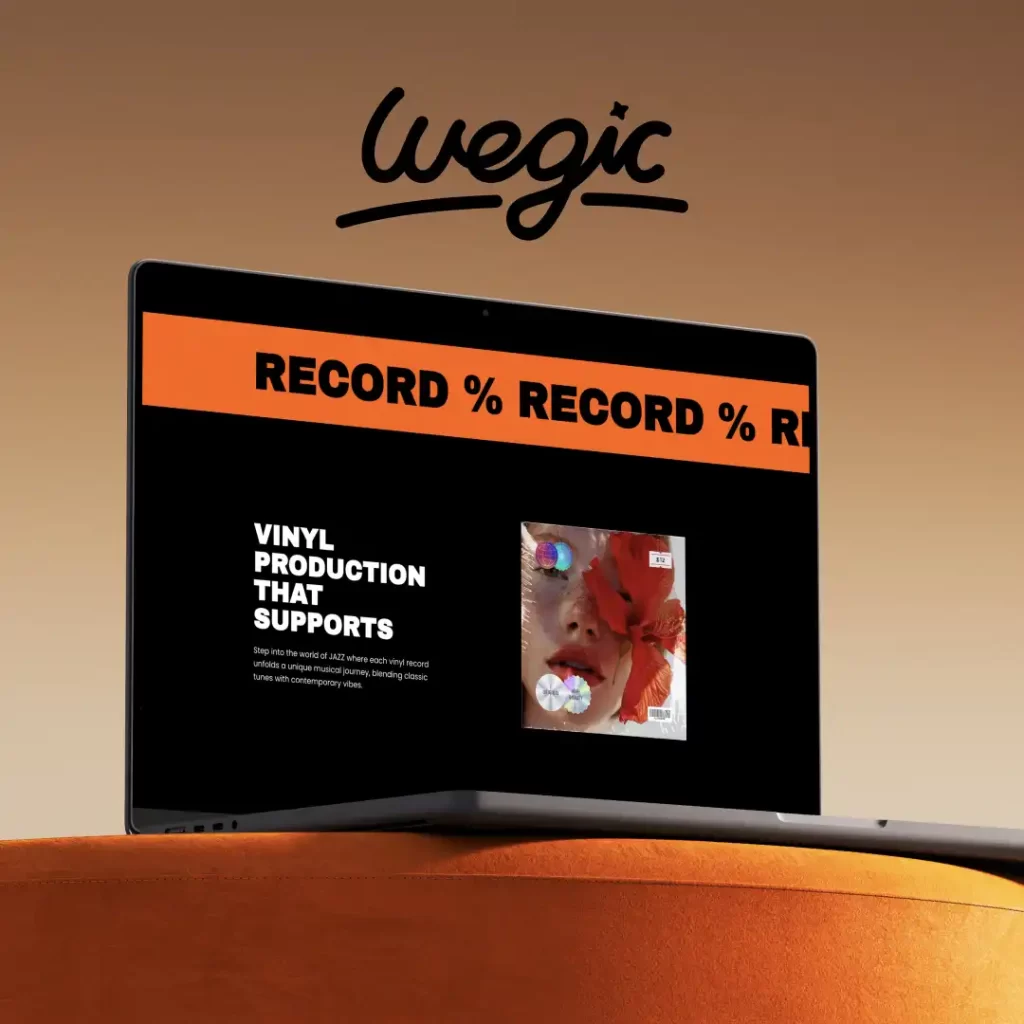How to Master Lawyer Website Design
Lawyer Website Design Checklist
Lawyer Website Design
In the digital age, having a strong online presence is essential for artists looking to showcase their work and connect with new audiences. A well-designed website can serve as a virtual gallery, allowing artists to display their artwork and tell their story to the world. However, building a website from scratch can be a daunting task, especially for those without technical expertise or a large budget. Fortunately, there are a number of free site builders available that make creating a professional-looking website easier than ever.

Lawyer Website Design Trends
Lawyer Website Design
That’s where a website portfolio case study device generator comes in. This powerful tool allows you to easily create a professional-looking website portfolio in just a few clicks. In this article, we will explore the benefits of using a website portfolio case study device generator and how it can help you take your online presence to the next level.
What is a Website Portfolio Case Study Device Generator?
A website portfolio case study device generator is a tool that helps you create a visually appealing and user-friendly website portfolio without the need for any coding or design skills. This tool is typically web-based, meaning you can access it from any device with an internet connection.
One of the key features of a website portfolio case study device generator is the ability to easily showcase your work in a professional and organized manner. You can upload images, videos, and other media to your portfolio and arrange them in a visually appealing layout. Additionally, many generators also offer customizable templates and themes, allowing you to personalize your portfolio to fit your brand and style.
Benefits of Using a Website Portfolio Case Study Device Generator
1. Save time and effort: Creating a website portfolio from scratch can be time-consuming and overwhelming, especially if you’re not familiar with coding or design principles. A website portfolio case study device generator simplifies the process by providing pre-designed templates and easy-to-use tools, allowing you to create a professional portfolio in a fraction of the time.
2. Professional and polished look: With a website portfolio case study device generator, you can rest assured that your portfolio will have a polished and professional look. The templates provided are designed by experts in the industry, ensuring that your portfolio will make a great impression on potential clients and employers.
3. Easy to update and maintain: Another advantage of using a website portfolio case study device generator is that it makes it easy to update and maintain your portfolio. You can easily add new work, update information, and make changes to your portfolio without having to deal with complicated coding or design tools.
4. Showcase your work effectively: One of the main purposes of a website portfolio is to showcase your work and demonstrate your skills and expertise. A website portfolio case study device generator allows you to effectively showcase your work in a visually engaging way, making it easy for visitors to see what you have to offer.
5. Reach a wider audience: By having a professional website portfolio, you can reach a wider audience and attract more potential clients or job opportunities. With a website portfolio case study device generator, you can easily share your portfolio on social media, include it in your email signature, or even link to it on your resume.
1. Wix
Wix is a popular website builder that offers a user-friendly interface and a wide range of design templates to choose from. With Wix, small businesses can easily create a professional-looking website without any coding skills. The drag-and-drop editor makes it easy to customize your site to fit your brand and business needs. In addition, Wix offers a free plan that includes Wix branding and a subdomain, making it a great option for small businesses on a tight budget.
2. WordPress
WordPress is one of the most popular content management systems (CMS) in the world, powering millions of websites. While WordPress is known for its flexibility and customization options, it can be a bit intimidating for beginners. However, WordPress.com offers a free plan that allows users to create a basic website with limited customization options. For small businesses looking for more control and flexibility, WordPress.org is a better option, but it requires a hosting plan.
3. Weebly
Weebly is another user-friendly website builder that is perfect for small businesses. With Weebly, users can choose from a wide range of design templates and easily customize their website with drag-and-drop tools. Weebly also offers e-commerce features, making it a great option for small businesses looking to sell products online. While Weebly’s free plan includes Weebly branding and a subdomain, users can upgrade to a paid plan for more features and customization options.
4. Squarespace
Squarespace is a sleek and modern website builder that is perfect for small businesses looking to create a visually stunning website. With Squarespace, users can choose from a range of design templates and customize their site with a drag-and-drop editor. While Squarespace does not offer a free plan, they do offer a 14-day free trial, allowing users to test out the platform before committing to a paid plan.
5. Shopify
Shopify is a popular e-commerce platform that allows small businesses to create an online store. While Shopify is primarily geared towards e-commerce, they also offer a website builder that allows users to create a basic website for their business. With Shopify, users can choose from a range of design templates and customize their site with drag-and-drop tools. While Shopify does not offer a free plan, they do offer a 14-day free trial, allowing users to test out the platform before committing to a paid plan.

Lawyer Website Design Explained
Lawyer Website Design
In today’s digital age, having a visually appealing and user-friendly website is crucial for the success of any business. A well-designed website can help attract new customers, build credibility, and increase conversion rates. However, designing a website is not as simple as it may seem. It requires a strategic and systematic approach to ensure that the final product meets the needs and expectations of both the business and its target audience. In this article, we will discuss the website design process in detail, outlining the key steps involved in creating a successful website.
Step 1: Define the Purpose and Goals
The first step in the website design process is to clearly define the purpose and goals of the website. This involves identifying the target audience, understanding their needs and preferences, and determining the desired outcomes for the website. For example, is the website meant to generate leads, drive sales, provide information, or showcase products and services? By having a clear understanding of the purpose and goals of the website, you can better tailor the design and content to meet these objectives.
Step 2: Conduct Research
Once the purpose and goals of the website have been defined, the next step is to conduct research. This involves analyzing the competition, researching industry trends, and gathering insights into the preferences and behaviors of the target audience. By conducting thorough research, you can gain a better understanding of what works and what doesn’t in your industry, helping you make informed design decisions.
Step 3: Create a Wireframe
After conducting research, the next step in the website design process is to create a wireframe. A wireframe is a visual representation of the layout and structure of the website, showing the placement of various elements such as navigation menus, headers, footers, and content sections. Creating a wireframe allows you to plan the overall design and functionality of the website before moving on to the visual design phase.
Step 4: Design the Visual Elements
Once the wireframe has been finalized, the next step is to design the visual elements of the website. This involves creating a visually appealing and consistent design that reflects the brand identity and resonates with the target audience. Elements such as color scheme, typography, imagery, and layout are carefully considered to create a cohesive and attractive design that conveys the desired message and engages users.
Step 5: Develop the Website
After the visual design has been approved, the next step is to develop the website. This involves coding the design into a functioning website using HTML, CSS, and other programming languages. During the development phase, the website is tested for functionality, responsiveness, and compatibility across different devices and browsers to ensure a seamless user experience.
Step 6: Test and Optimize
Once the website has been developed, it is essential to test and optimize its performance. This involves conducting usability tests to identify any usability issues, testing load times to ensure fast page speeds, and optimizing the website for search engines to improve visibility and accessibility. By testing and optimizing the website, you can ensure that it meets the needs and expectations of users, leading to better engagement and conversions.
Step 7: Launch and Monitor
The final step in the website design process is to launch the website and monitor its performance. This involves deploying the website to a live server, promoting it to the target audience, and tracking key metrics such as traffic, engagement, and conversions. By monitoring the performance of the website, you can identify areas for improvement and make informed decisions to optimize its effectiveness over time.




